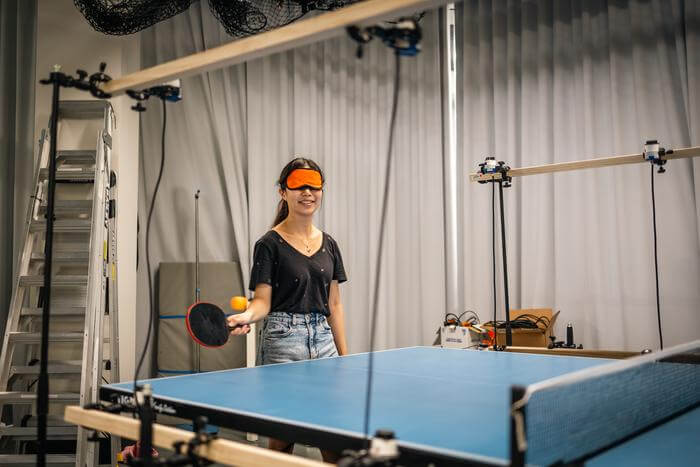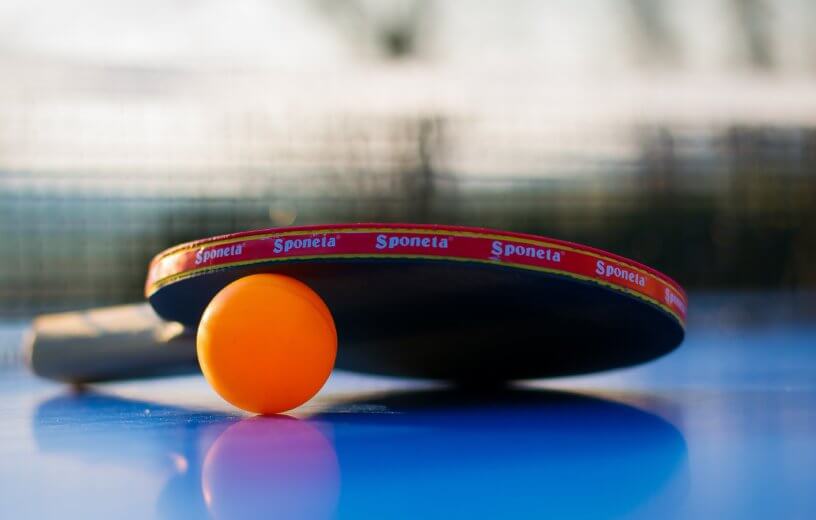SYDNEY, Australia — People with visual impairments may soon have the opportunity to play table tennis, thanks to advanced acoustic technology. This innovative approach combines object tracking with a speaker array to provide real-time, three-dimensional audio feedback, according to scientists.
Currently, sports like table tennis are often inaccessible to individuals who are blind or have severe vision problems. However, Phoebe Peng, an Engineering Honors student at the University of Sydney in Australia, is exploring methods to enable people with low vision and blindness to play ping-pong using sound.
Her research utilizes neuromorphic cameras and a loudspeaker array, allowing players to locate the ball and discern movements through auditory cues.
“The small size of the ball and table, along with the movement of the ball in 3D space, are things that make table tennis difficult to play for those with low vision and complete blindness,” says Peng in a media release. “Making this sport more accessible while also exploring the potential of neuromorphic cameras were my two biggest motivators.”

The researcher notes that neuromorphic cameras, which she employs in her study, are particularly effective for tracking small objects like ping-pong balls. These cameras differ from traditional ones in that they track changes in an image over time, rather than capturing complete static images.
By strategically positioning two of these cameras, Peng can accurately track a ball in three dimensions in real-time. This data is then processed by an algorithm that controls a series of loudspeakers positioned along the table’s sides. These speakers create an auditory representation of the ball’s location.
While the system shows promise, Peng acknowledges that further experimentation is necessary before people with vision problems can use it in actual gameplay.
“An ongoing technical challenge is the matter of human perception of sound,” Peng adds. “There are limitations on how accurately people can perceive sound localization. What type of sound should be used? Should the sound be continuous? This is a technical challenge we’ll be tackling in the next stage of development.”
The researcher presented her findings at the Acoustics 2023 conference in Sydney.
You might also be interested in:
- Ping-pong & Parkinson’s: Table tennis greatly improves symptoms in patients, study finds
- New form of omega-3 fish oil supplements could prevent blindness from macular degeneration
- Need a mental health boost? Expert says it’s easy — play ping-pong!
South West News Service writer Stephen Beech contributed to this report.

